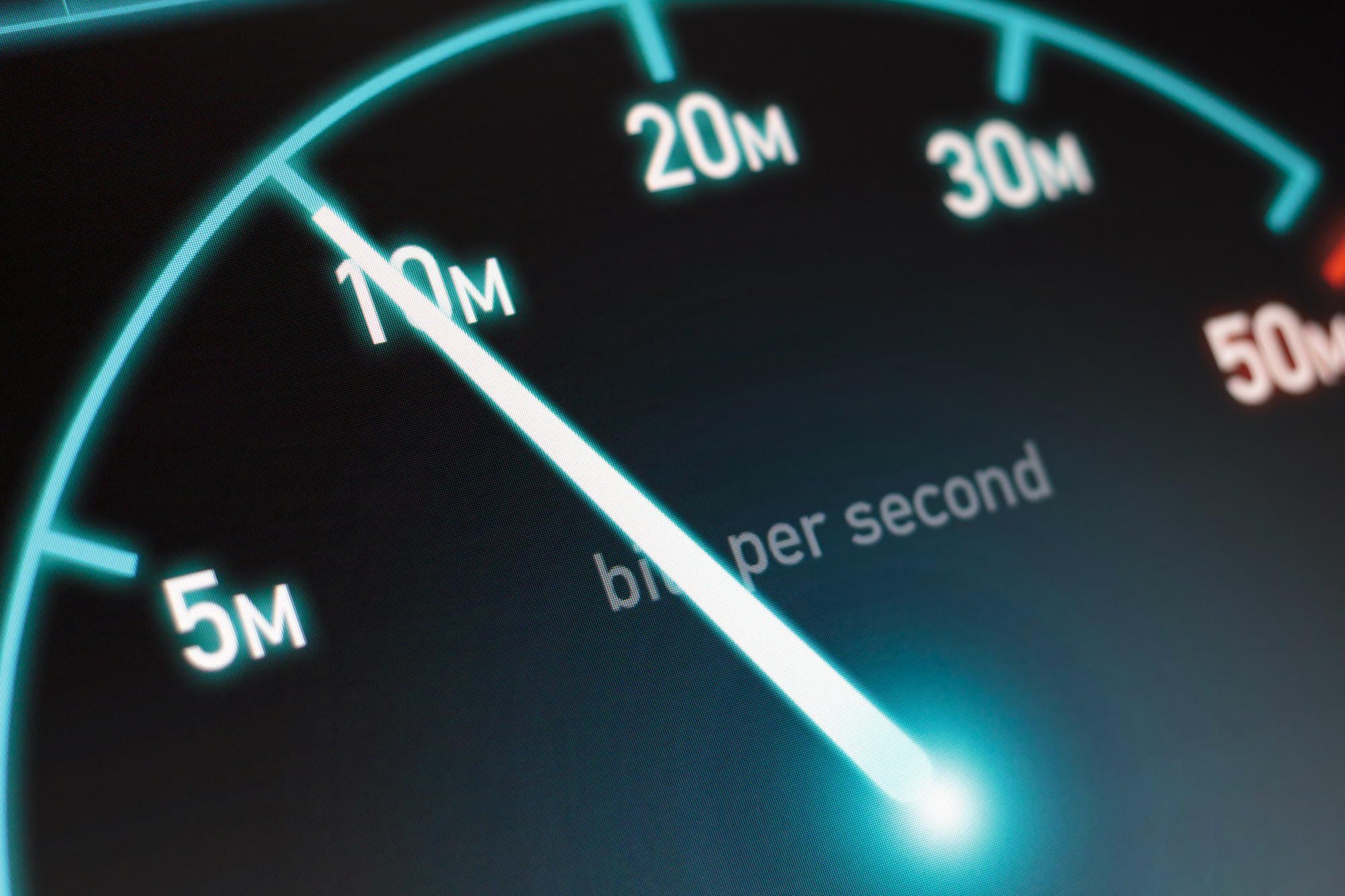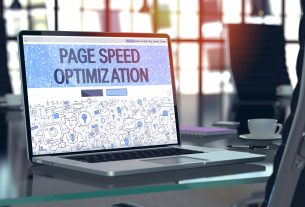There are a lot of responsibilities when owning a small business.
Since your web presence is vital, you must monitor your website. There are a lot of factors that go into SEO — UI/UX is a major one.
User interface and user experience determine if website visitors want to stay on your page and the duration of time spent on your website.
One of the biggest reasons why your website fails is slow speed. If your website loads slowly, your visitors become disinterested and visit a competitor’s website.
Do you want to increase the speed of your small business website? Read these 10 useful tips.
1. Eliminate Javascript and CSS
To load your page, your browser has to read your HTML markup and your document object model (DOM). A script, such as Javascript and CSS, interferes with this process. The best way to stop this interference is to disable your scripts.
If you don’t want to fully disable your scripts, at least minimize them. Scripts are important, especially if they’re ads. But your scripts are usually useless, so disabling them will increase the speed of your small business website.
2. Optimize Images
Do you use a lot of media? Media, such as images, boost your content’s message.
But there’s nothing more annoying than slow page loads or your web page loading at different areas because of slow image uploads.
To increase the speed of your small business website, find ways to optimize images. This means making images appropriate for the web. Common examples include file sizes and file types.
Your best bet is optimizing them before you start uploading images to your server. You can easily edit these features on image editing software.
3. Reduce Server Response Time
One of the most common reasons of slow load times is a slow server response.
However, identifying this issue is tricky. There are many common reasons why your server is loading slowly:
- Slow application logic
- Slow database queries
- Slow routing
- Frameworks
- Libraries
- Resources CPU starvation
- Memory starvation
So, how do you know if your server is the culprit? There are a variety of tools you can use. This helps identify and diagnose any server and web performance issues.
4. Leverage Caching
When your browser is slow, you hear these pieces of advice: ‘delete your cookies’ and ‘clear your cache.’ What does ‘clear cache’ mean? Your cache is a temporary folder that holds files downloaded from your browser to display websites.
Still confused? Your cache downloads your website content. If you post new content, this content is cached.
Cache has great features, such as decreasing bandwidth. But data can slow down your server. Most servers have a built-in feature to leverage caching; if yours doesn’t, find a way to clear cache on your server.
5. Minify HTML
HTML is the language of the web. But there’s a lot of unnecessary HTML.
Minification refers to removing any HTML that’s considered useless.
So how do you minify HTML? Fortunately, most modern servers and blogs offer features and plug-ins that handle minification.
You can also minify your own website to increase the speed of your small business website.
If you use HTML to code your website, erase any HTML that’s unnecessary for your website. You can also reduce the size of any HTML files used to create your website.
6. Avoid Page Redirects
Redirects are a common form of marketing. Did you change your website?
Redirect your audience to the new website. Are visitors accessing your website on mobile? Redirect them to your app download. But Google isn’t a fan of redirects and this process is hurting your SEO performance.
In some cases, landing page redirects are impossible to avoid. But if you’re the one directing these redirects, stop using them. Redirects aren’t required; even for marketing purposes, it’s best to either host two sites or an app and a website.
7. Simplify Your Design
If your website’s design is complex, it increases your website load time. These include images, stylesheets, scripts, Flash, etc.
If you have a lot of content or elements on your website, organize them better.
Create more pages so each requires less load time. Try and use fewer media, or only a couple of pieces of media per page or blog.
8. Enable Compression
Is your website at least 100KB? This is considered a large website. When a website holds more content and enables more features, it requires a larger website. But large and bulky websites load slowly.
What do you do when you send a large batch of files over a medium that only requires small file transfer? You send a compressed file — usually in the form of a zip file.
This compression is quick and sends quickly, right? The same idea applies when you decrease large website load time.
Compression reduces website bandwidth and HTML response. This results in faster website load.
9. Use an External File CSS
CSS is a term mentioned before — but what is it?
This is where your website style and design is stored. A browser loads CSS through an external file or an HTML document. Instead of using an HTML document, use an external file to deliver CSS to your browser.
10. Contact a Tech Service
Are you not web-inclined? To relieve any frustration, contact a tech support service.
These experts will test your website to find out what’s slowing your website down. While the fixes mentioned are common, an advanced issue might be the case for your slow loading website.
If you need a tech support service, learn more here.
Now You Know How to Increase the Speed of Your Small Business Website
A slow website will inevitably make you angry. Fortunately, these tips are easy to handle. Your web server might even offer some resources to help website load times.
But understand some website issues are advanced. If you try all of these tricks or are still unsure, a tech support company will be happy to help.
Register here if you need an expert to monitor your website speed and performance.




